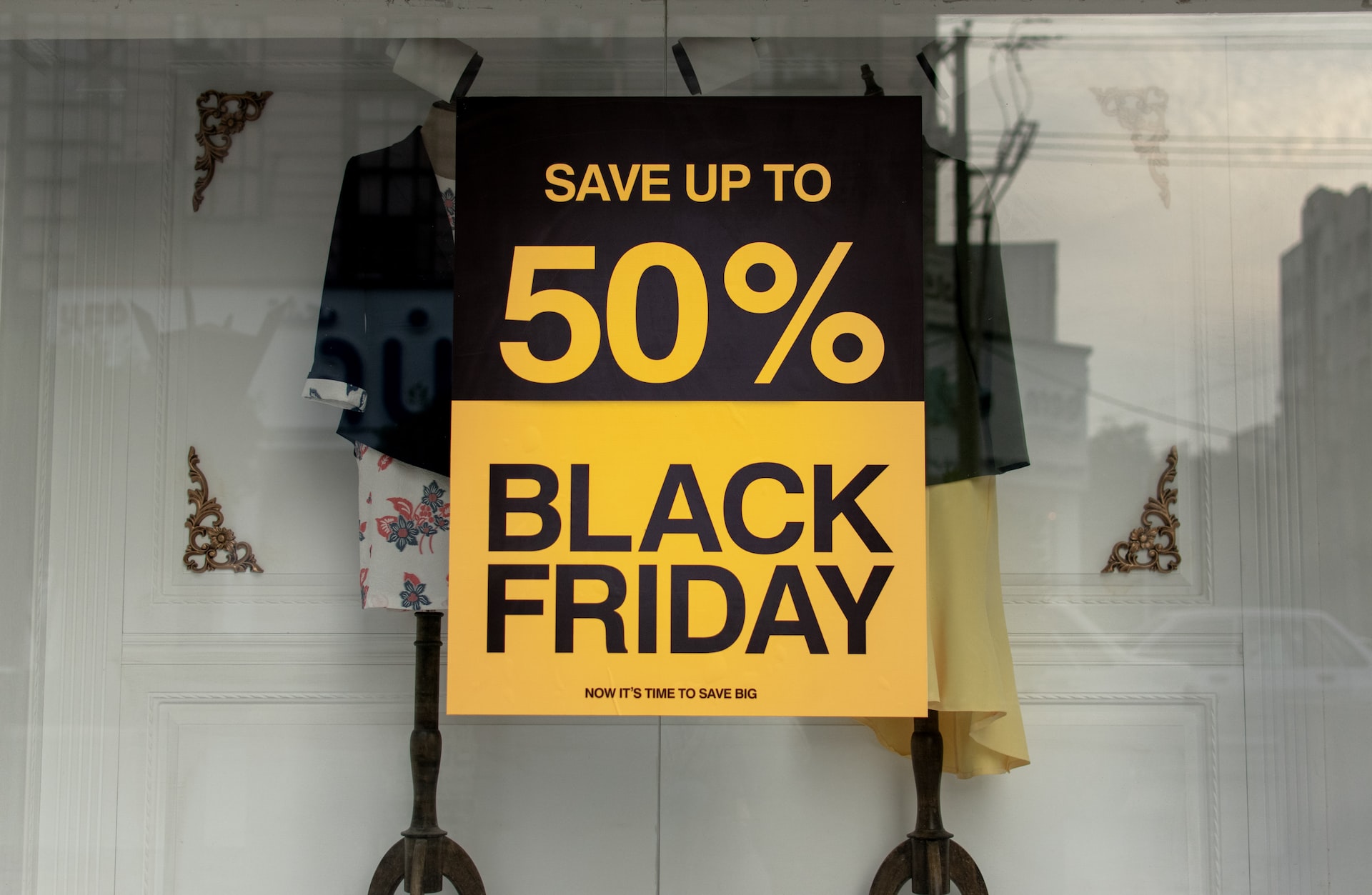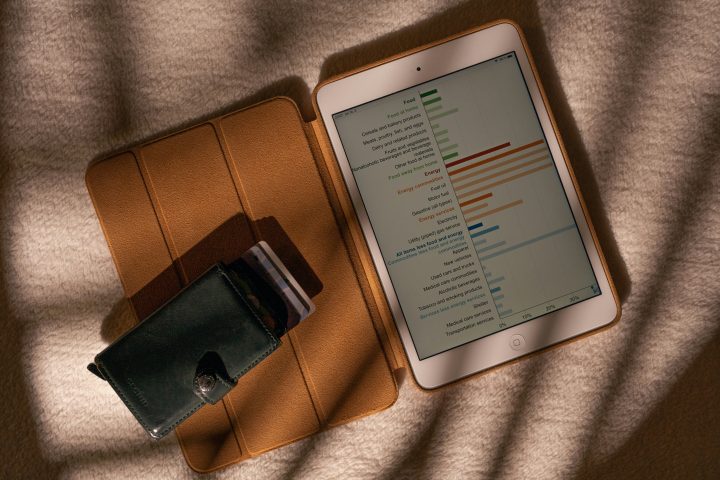In business, it’s all about sales. The goal for any company is to maximize profits and revenue. This is often accomplished by pricing products at a certain level during one time of year and then lowering the price during another time of year. For example, many retailers have a “Black Friday” sale in November, and some will have an “after Christmas” sale in January to name just two opportunities. The key is to have your pricing planned correctly. Keep reading to learn more about a seasonal pricing strategy and how it can help drive sales.
What Is A Seasonal Pricing Strategy?
A seasonal pricing strategy is when a business offers various discounts for specific times of the year. For example, a clothing retailer may provide a limited number of sales for a year in which consumers can buy their products at half-price. Another clothing company might have a special promotion that runs from January through March, allowing people to buy different types of products at half price. Another type of seasonal pricing strategy is having one price during certain times and then having another price during other times.
Seasonal pricing is a very common practice but specialist support is available from companies such as Software Pricing Partners to make sure the correct strategy is implemented for your business so that your unique offering is realized at the right time for your business and customers.
It’s no surprise that customers will often buy from you when your prices are at their lowest, but equally it can be much easier to sell more products at this point. Additionally, companies have found that customers will generally stick to their purchases and purchase more than one item regularly over the next 12 months depending on the type of product you sell.
Why Should You Use A Seasonal Pricing Strategy In Your Business?
Many businesses use seasonal pricing strategies because it’s an effective way to get people to buy their products and encourage them to buy more items in general. Customers are more likely to purchase goods from a company when they are on sale, especially if there is a certain time when the product is more expensive. For example, if someone knows that a service normally cost $120 but then sees them marked down for Black Friday for $79.99, they are likely to buy them.
Seasonal pricing strategies are also used to get customers to buy their services or goods again during times of the year when they do not usually purchase them. For example, if your customers only buy a service during NY sales, you may want to offer another sale during the spring season to entice them into purchasing your product again.
Businesses will often time their seasonal sales around major holidays. For example, if you know that your customers will spend more money during December, you may want to time a sale around Christmas. This is especially true if you are trying to get customers loyal to one specific business and become frequent customers.
Steps To Maximize Your Sales Using A Seasonal Pricing Strategy
The following is a list of the steps you should take to maximize your sales using a seasonal pricing strategy:
Know Your Customers
Knowing your customers is the best way to use a seasonal pricing strategy. You want to time your sales correctly so that you can entice your customers into buying more products from you. To do this, you need to know how they behave throughout the year and their common seasonal events (i.e., Valentine’s Day, Thanksgiving).
For example, if you sell financial or business services and you know that people buy them every November during Black Friday sales, make your sale around that time so they’ll buy more packages for their business. Also, find out what people are likely to buy around the holidays. If you sell digital goods and you know that most people like to get new gadgets for Christmas, then offer them during November and December when they’ll more likely be in demand.
Once you’ve figured this out, the next step is to set up a pricing calendar that gets people to buy more frequently and more expensive items. The calendar may also help you give discounts at certain times of the year when people want them.
Pricing For Low And Peak Periods
Your pricing should vary during low and peak periods. You don’t want to charge the same price all the time of the year because this might lead to too many sales at lower price points or not enough sales if you price too high. Instead, your prices should increase with demand throughout the year to ensure you get more sales over a year.
To change your prices during these times, you can do so manually by editing a program or via an automated system. It’s important that you set your pricing for certain periods as well as for certain days within those periods.
Use Holiday-Based Strategies
Christmas is one of the biggest holidays to use for a seasonal pricing strategy. If you don’t sell many gifts, offer them at half-price, and people will buy more to avoid paying full price for something that usually sells for much less.
Similarly, if you sell a lot of services in winter, then set up a sale that starts around Thanksgiving, which usually happens around Christmas. This way, people will buy more digital products and packages during this time of year to use them during the next month.
The Bottom Line
Many businesses often use seasonal pricing strategies. They use these strategies because companies know people will buy products they want if they’re on sale. This pricing strategy can also be very effective in increasing your sales at the end of the year. Using this strategy will allow you to get more business from your customers and create a more loyal customer base.
Try to time your sales correctly so you can give them special deals at certain times of the year that are right for them. Since it’s very important that you keep costs down, you should only offer certain types of products during certain times or seasons.















